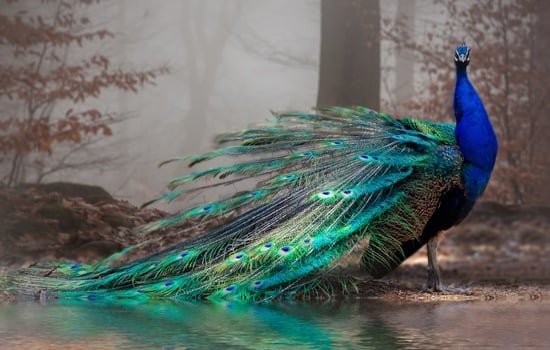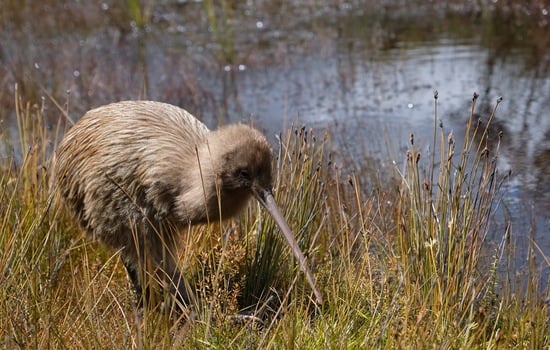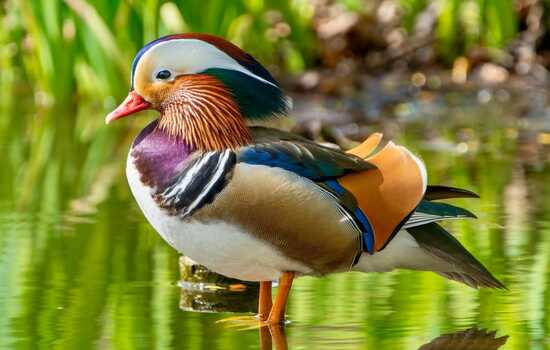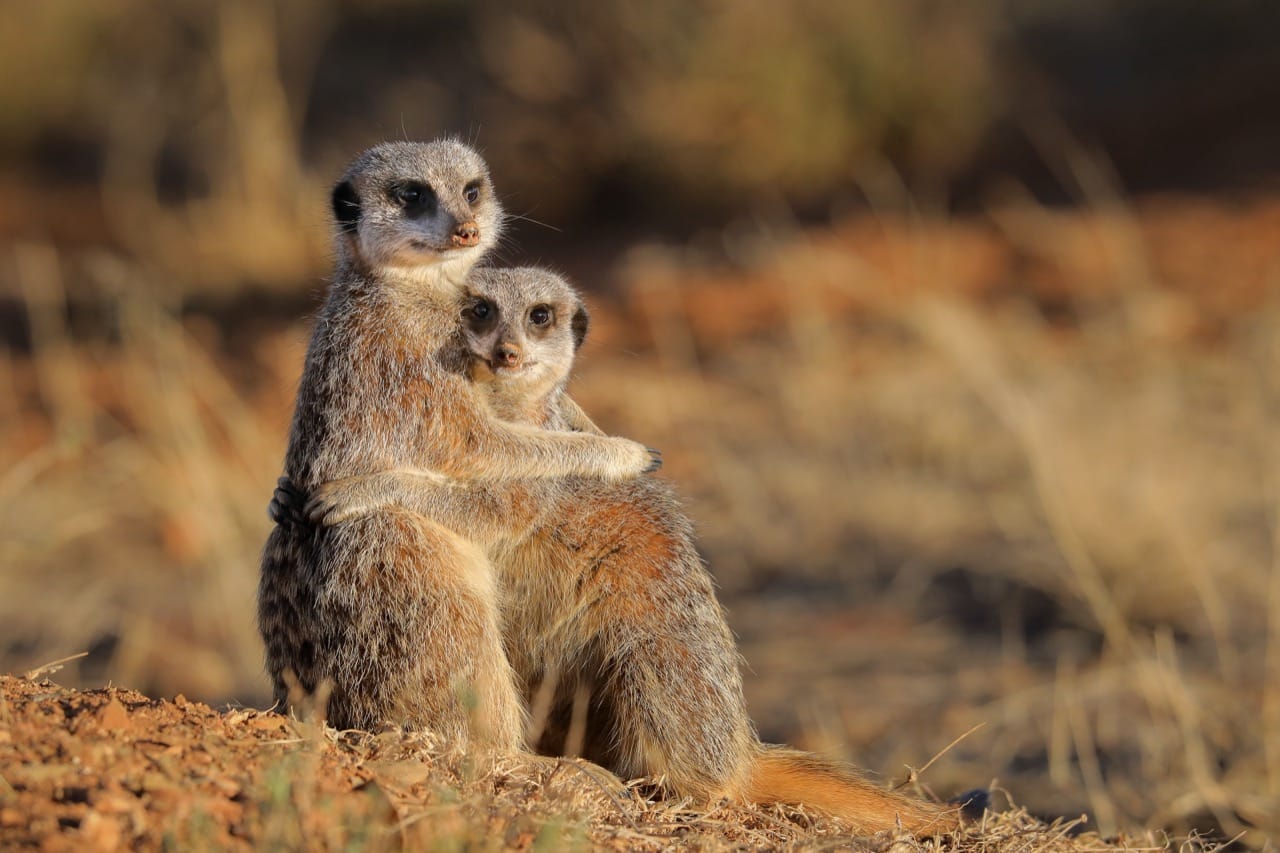
Have you ever wondered about the lively creatures known as meerkats, who seem to embody the very essence of teamwork and curiosity? These small, yet incredibly social members of the mongoose family have captured the hearts of many with their charming behaviors and complex social structures. Before we get into the nitty-gritty details about meerkats, let's start off with an intriguing piece of trivia: Meerkats are immune to certain types of venom, including the strong venom of scorpions, which form a part of their diet. Now, let's embark on a fascinating journey to learn more about these captivating animals.
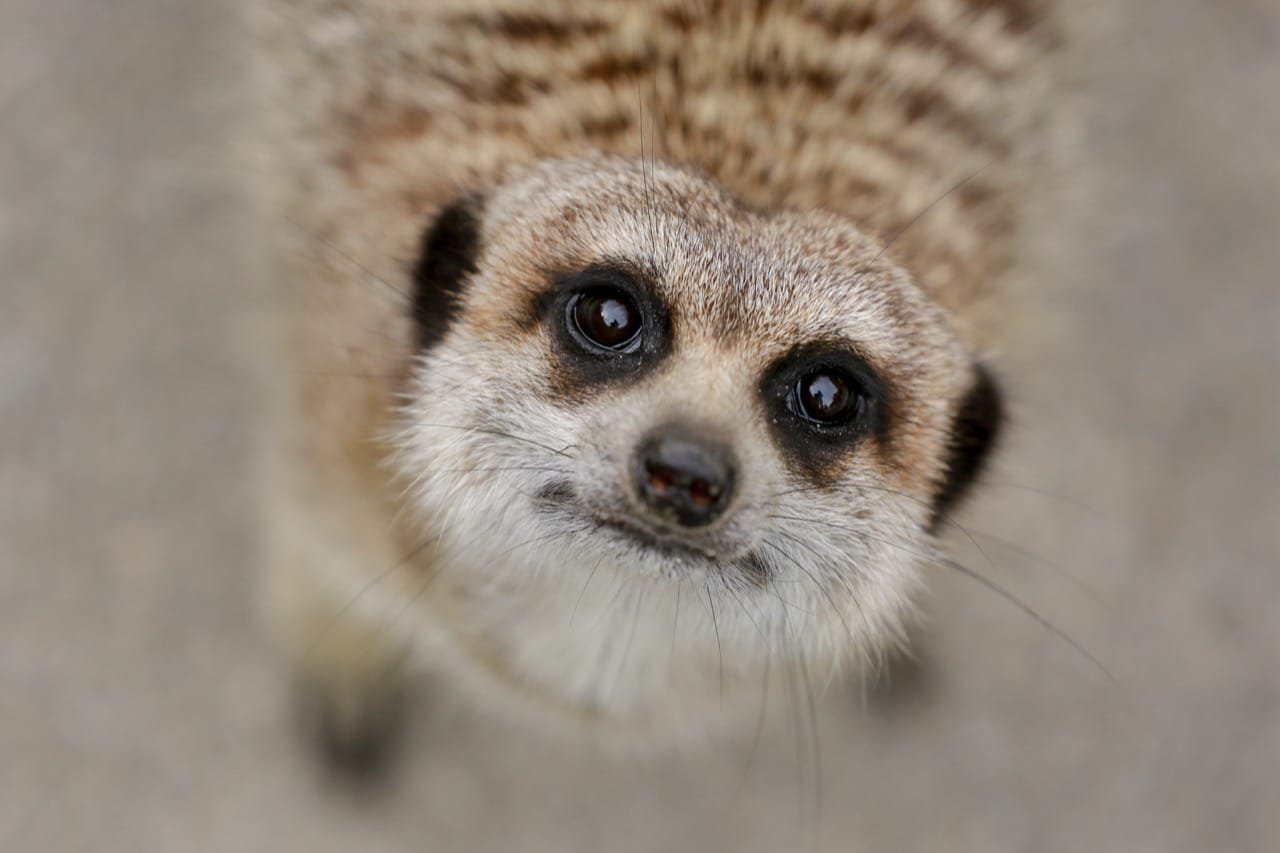
Introduction: What is a Meerkat?
Meerkats, scientifically known as *Suricata suricatta*, are small mammals belonging to the mongoose family. They are mainly found in the arid regions of southern Africa, where they thrive in the desert and savannah environments. With their slender bodies, pointed noses, and upright posture, meerkats are well-adapted to a life spent both underground and on the surface. They are famous for their social nature, living in groups called mobs or clans, which can consist of up to 30 individuals.
The charm of meerkats often lies in their behavior, particularly their habit of standing on their rear legs, scanning the horizon for predators. This vigilant stance, coupled with their complex social behavior, cooperation, and cute appearances, has made meerkats popular subjects in documentaries, movies, and zoos. However, beyond their appealing exterior, meerkats are fascinating creatures with a wealth of intriguing habits and characteristics.
Origins and Physical Characteristics
Meerkats have evolved specifically to suit their desert environments. With a history that spans millions of years, these animals are a testament to the adaptability and resilience of small mammals in harsh climates. Meerkats typically weigh around 720 to 730 grams and have a length of about 25 to 35 centimeters, with their tails adding an additional 17 to 25 centimeters. Their fur is usually fawn-colored, peppered with unique stripes or spots, which help them blend into their desert surroundings.
One of their most distinctive physical features is their eyes. Meerkats have dark patches around their eyes, which help reduce glare from the sun and allow them to see clearly during their daytime activities. Their eyes are also equipped with a third, transparent eyelid, which acts as a windshield wiper to remove sand while they dig. Speaking of digging, their non-retractable claws make them excellent at burrowing into the tough, dry soil of their habitats.
Habitat and Lifestyle
The natural habitat of meerkats is primarily the arid, open regions of the southern African desert. They are predominantly found in the Kalahari Desert, but their range extends to other parts of southern Africa as well. These environments are characterized by sparse vegetation and sand dunes, conditions under which meerkats have flourished by living in complex, interconnected burrows. These burrows serve multiple purposes: protection from predators, shelter from extreme weather conditions, and communal living spaces that reinforce their social bonds.
Meerkats are diurnal, meaning they are active during the day. Each morning, they leave the safety of their burrows to forage for food, and as the day warms up, they often seen basking in the sun. Late afternoon is usually reserved for grooming and playing before they retire to their burrows for the night. Their lifestyle is a delicate balance of survival and social interaction, showcasing their adaptability and intelligence.
Feeding Habits
When it comes to diet, meerkats are predominantly insectivorous, but they exhibit omnivorous tendencies by occasionally consuming plants and small animals. Their diet primarily includes insects, spiders, centipedes, and scorpions. Remarkably, meerkats have developed an immunity to certain venoms, allowing them to prey on venomous scorpions with minimal risk. This immunity, coupled with their remarkable digging skills, makes them proficient hunters of subterranean prey.
Meerkats also eat small vertebrates, including lizards and rodents, and they occasionally supplement their diet with eggs and plant matter. The diversity in their diet is partly attributable to their foraging strategy, which involves digging through the soil to uncover hidden food sources. This foraging behavior is not only crucial for their survival but also plays a significant role in the ecosystem by controlling the populations of insects and other small animals.
Social Behavior and Communication
One of the most fascinating aspects of meerkats is their complex social structure and communication system. Meerkats live in tightly knit groups, which can number from just a few individuals to as many as 30 members. Within these groups, there is a clear hierarchy, with alpha pairs leading the clan and making decisions that affect the entire group. Social interactions are crucial for maintaining group cohesion, including grooming, playing, and mutual vigilance against predators.
Communication among meerkats involves a combination of vocalizations, body language, and scent markings. They have developed a sophisticated language of calls that convey specific messages, ranging from alerting the group about predators to coordinating movements while foraging. These vocalizations play a crucial role in maintaining the safety and organization of the group, showcasing the complexity of their social interactions.
Natural Predators and Survival Strategies
Despite their adaptability and resourcefulness, meerkats face threats from natural predators, including eagles, hawks, and larger mammals like jackals. Their survival strategy is heavily reliant on their social structure and vigilance. Sentry duty is a significant aspect of their daily routine, where one or more meerkats take turns watching for danger while the rest of the group forages or rests. These sentinels will emit alarm calls at the sight of a predator, prompting the group to take cover in their burrows.
Meerkats also utilize their burrows as a primary defense mechanism against predators. The complex network of tunnels provides multiple entrances and exits, allowing for quick escapes. Additionally, their ability to stand on their hind legs and their keen eyesight help them detect threats from afar, further enhancing their chances of survival in the harsh environments they inhabit.
The Endearing Appeal of Meerkats
Meerkats have endeared themselves to people around the world, not only because of their cute appearances but also due to their intriguing behaviors and complex social structures. They represent resilience, cooperation, and adaptability, making them a symbol of survival in the animal kingdom. Their fascinating world, from their dietary habits to their social interactions, offers a glimpse into the incredible adaptability of life in one of the most challenging habitats on Earth.
Meerkats are more than just captivating animals; they are a testament to the intricate balance of ecosystems and the interconnectedness of life. Their story is one of survival, cooperation, and the relentless pursuit of existence against the odds. As we observe and learn from these remarkable creatures, it's clear that even the smallest members of the animal kingdom have lessons to teach us about resilience, community, and the importance of working together for the common good.
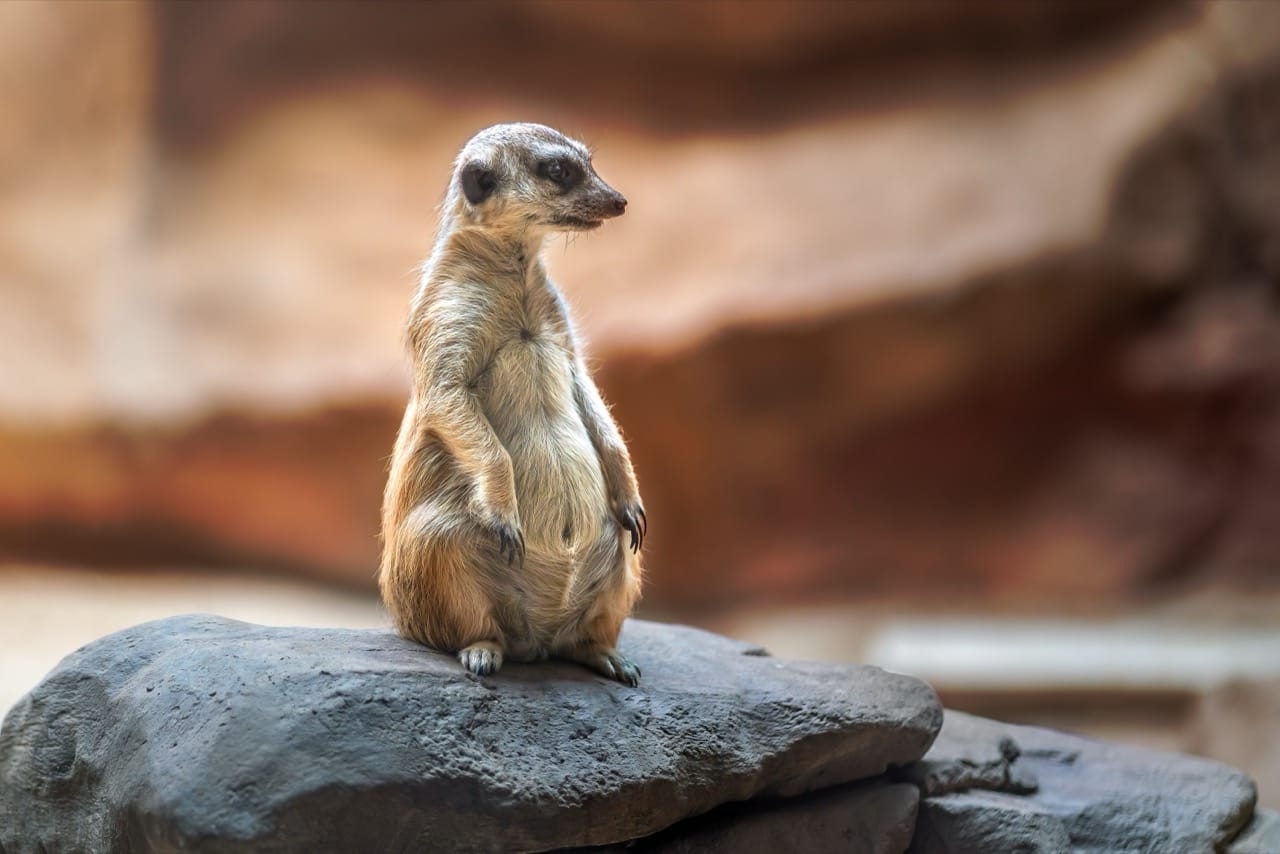
There you have it, a comprehensive exploration of the world of meerkats, from their origins and physical characteristics to their social behaviors and survival strategies. These small, but mighty creatures continue to captivate us with their intelligence, teamwork, and ability to thrive in some of the most challenging environments on the planet. Through understanding meerkats, we gain not only insight into their fascinating lives but also a reflection of the broader wonders of the natural world.




.jpeg)


